I love getting emails from people concerning the landscape. After all, with more than 300 acres, there are probably things happening I’m missing. And in the chaos that is Commencement and Reunion, I was missing a big one.
Professor Jeff Byers wrote last weekend-
I don’t know if there is anything you can (or would) do anything about, but there is an oak tree between BiHall and Coffrin that was in the process of being totally devoured by gypsy moth caterpillars! There were so many that I could hear the hum of their munching under that particular tree.
I went right over. (the joys and perils of instant email on my phone-it was a Sunday.) I was terrified it was the giant Pin oak tree, the one that made the list of the twelve oldest trees on campus. Fortunately, it was one of the Poplars nearby. And was I impressed.
I couldn’t hear the munching, I think they were all fat and lazy by the time I got there. Much like me on a sunday. Not Jeff-have you read his blog? The last time I did a trail run up the wrong secret side of Snake Mountain I came down with Strep. I reached up to one of the many defoliated leaves, and grabbed a caterpillar.
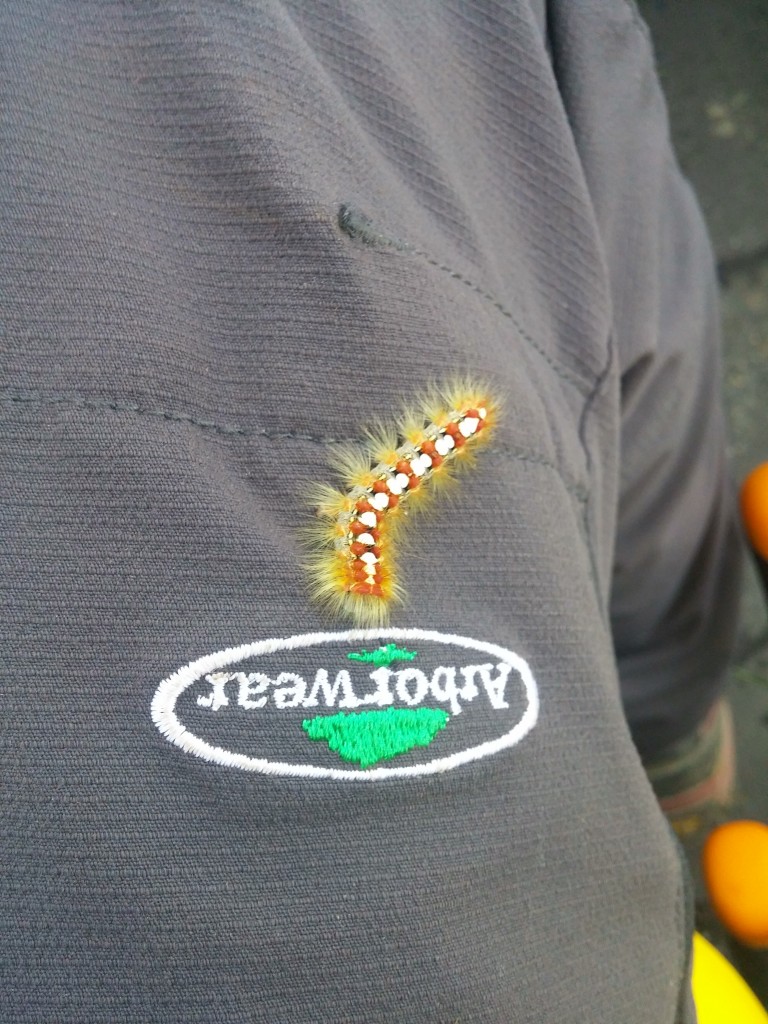
Jeromy Gardner, our elm guru from Bartlett Tree in Manchester, correctly identified it as Satin Moth. Not worrying, but has a habit of building a large population every so often and completly covering a tree, in this case our White Poplar. Here’s a great article, if you are interested. They were originally thought to only attack exotic poplars, such as Lombardy poplar and European White poplar (what ours is), but now also is seen in forest stands, and could become significant if defoliation occurs for several years in a row. It does, however, have plenty of natural enemies, including parasitic insects, bacteria, fungi, even birds.
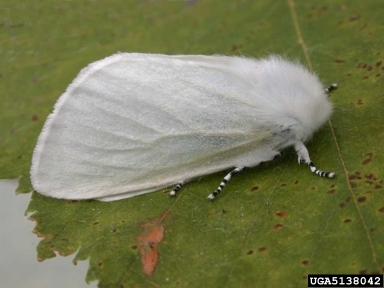
Photo courtesy Perry Hampson, Bugwood.org
So all that remains on the tree are the major veins of all the leaves, everything in between them eaten. I fully expect the tree to re-leaf in a couple of weeks or so. What is even more interesting is the other white poplar about 30′ away, with only a minimal population. The infested one was in a construction zone a couple of years ago. Maybe the stress of root compaction has something to do with this? Or I’ll be writing about both trees being infested next year…
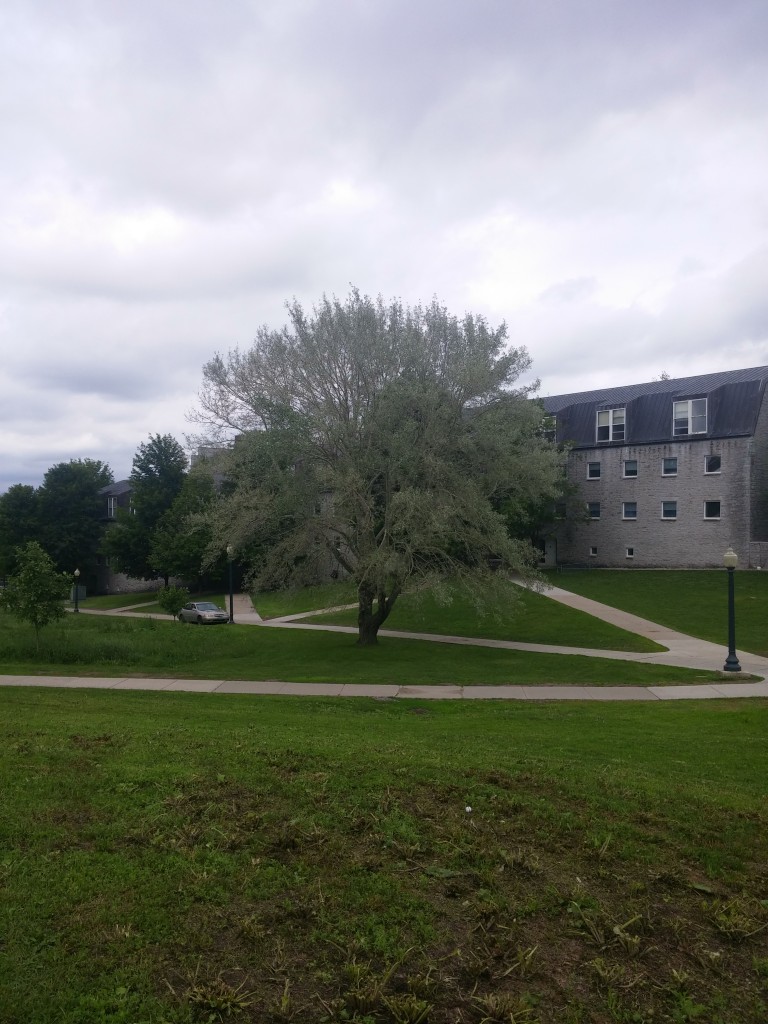
Thanks to Jeff for pointing it out. Maybe I’ll host a ‘trailrun’ of the trees on campus someday this summer. Better start training now.

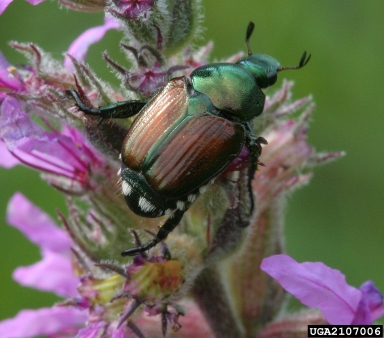
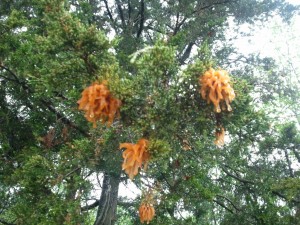
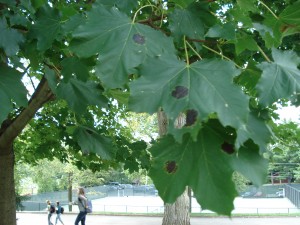
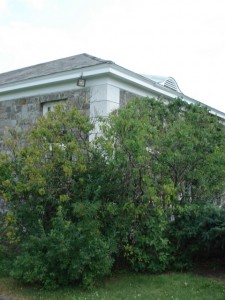
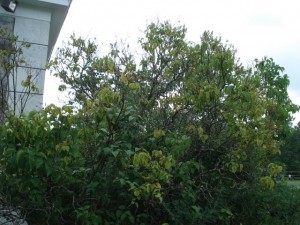
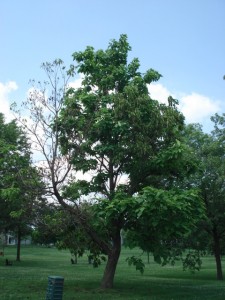
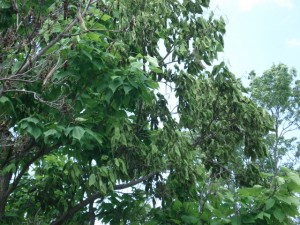
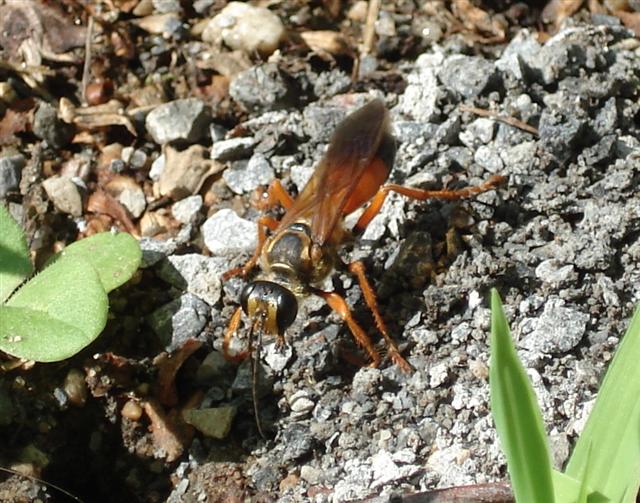
You must be logged in to post a comment.